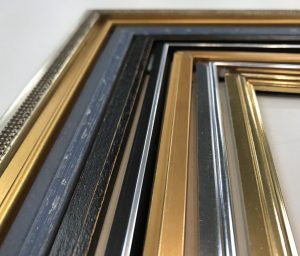
30 Jan FILLETS: A Designer’s Guide
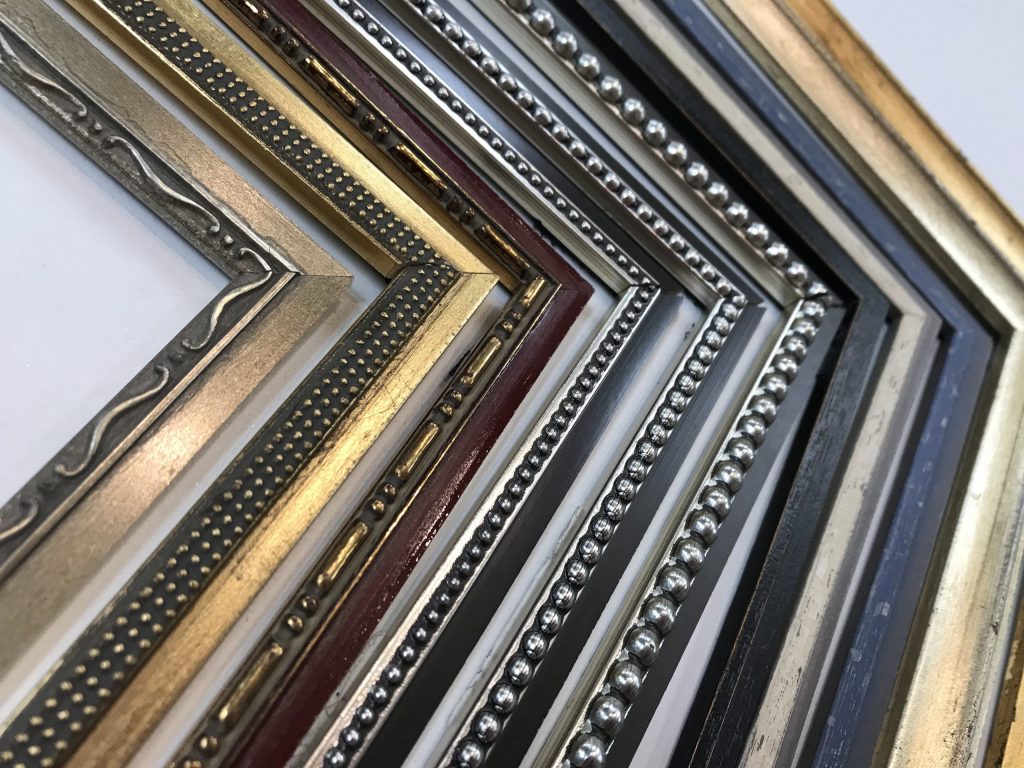
” What is a fillet? How do you use them? Are fillets dated? “
Fear not! We are here to answer any question you may have had about fillets.
Let’s start from the beginning…
Fillet. Pronounced “fill-it” because we’re in America. Or pronounced “fill-ay” if you’re feeling European. I have generally leaned towards “fill-it” as there is never any confusion with the culinary term if you pronounce it as such.
Fillets are tiny frames meant for an extra layer of decoration in custom framing. They can be made of wood or fabric, and very uncommonly, metal. Unlike a normal frame, the lip of the moulding is reversed: not capable of holding in glass, but capable of slipping under the rabbit of the primary moulding.
There are three possible ways of using a fillet in framing: under the main frame, under or between mats, or a combination of both. And a secret fourth option which I will strategically place at the very end of this article for those who just can’t get enough.
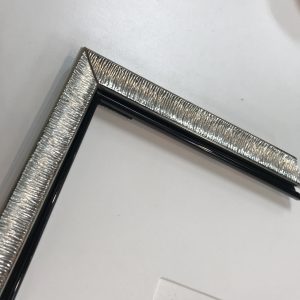
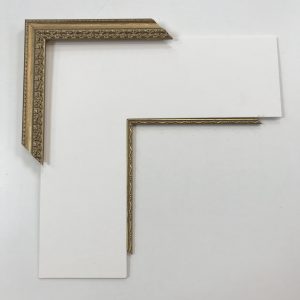
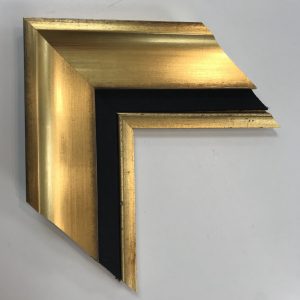

Under The Main Frame:
Find a frame you love but wish it has an extra something? That’s where a fillet can come in handy. Pair your main frame with a similar fillet for an extension of the original profile, add a decorative element such as beading, or build contrast by pairing the original moulding with a fillet that adds something new.

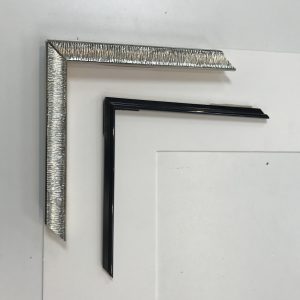
Under/Between Mats:
A fillet would be a good choice under a mat if you want to draw the viewer’s eye in from the frame, towards the framed artwork. It can be placed at the edge of the mat, creating a window for the artwork. Or it can be stacked between two mats, creating an element of depth as well as interest.
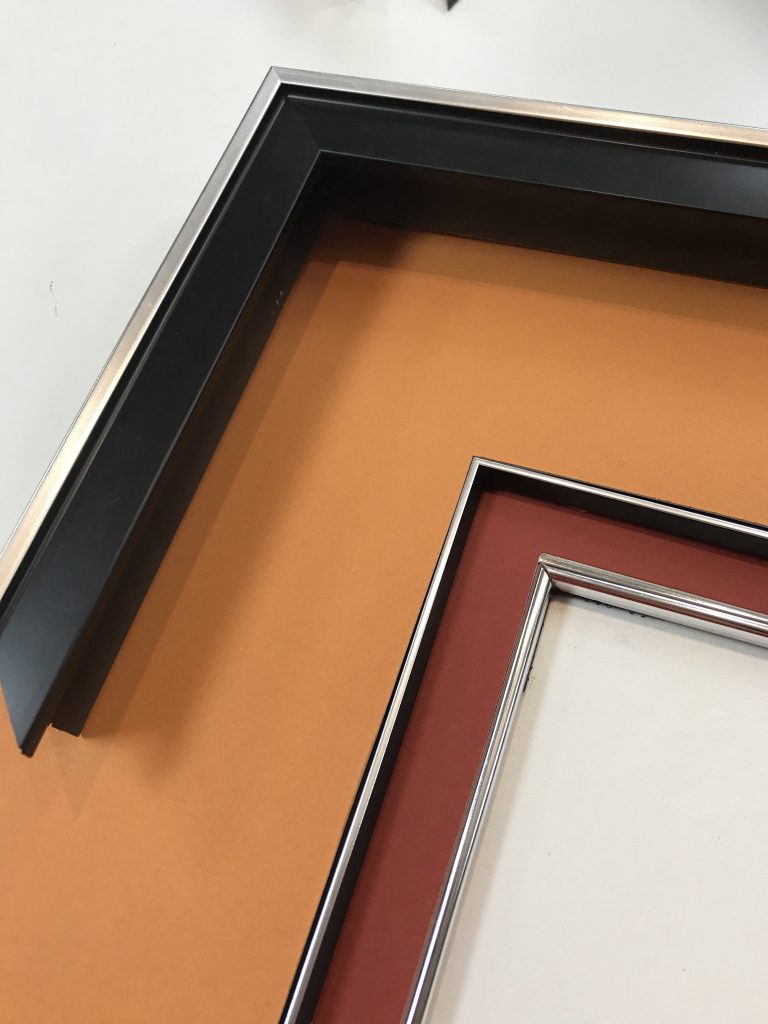
Combination:
Use multiple fillets: to add interest to your selected frame, and then another or the same fillet in the mats to carry the eye inwards.

Secret Fourth Option:
Using a fillet as a frame! This is only applicable for small, super flat artworks with no glass. Essentially what you would be doing is joining the fillet backwards so that the lip creates a cradle to mount the art. Again, this is not advisable for any artwork that isn’t 100% flat and lightweight. The advantage if you wanted this is that you could have the most delicate framing available.

Fillet Profiles: Traditional v. Contemporary, Fabric
Traditional fillet profiles often sport a sloped profile, have some kind of ornate decoration such as beading or scrolling, and in a traditional variation of black, silver, or gold.
Contemporary fillet profiles are generally more sleek, less ornate. They often have squared profiles, and a wider variety of colors.
Fabric fillets offer a softer presentation, can be made in a wide variety of colors and textures, and work really well if there is any rounded edges in the mat opening or frame since they can bend, where wood fillets obviously cannot.

